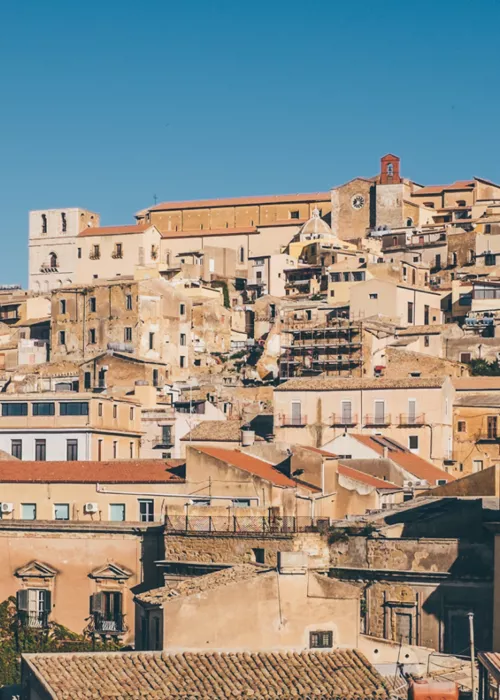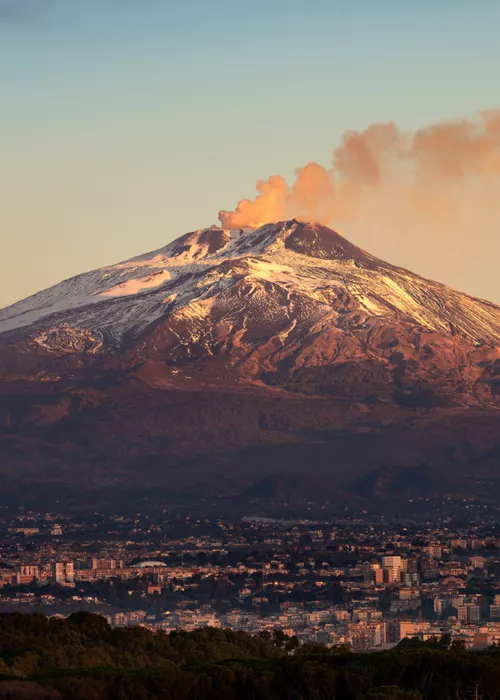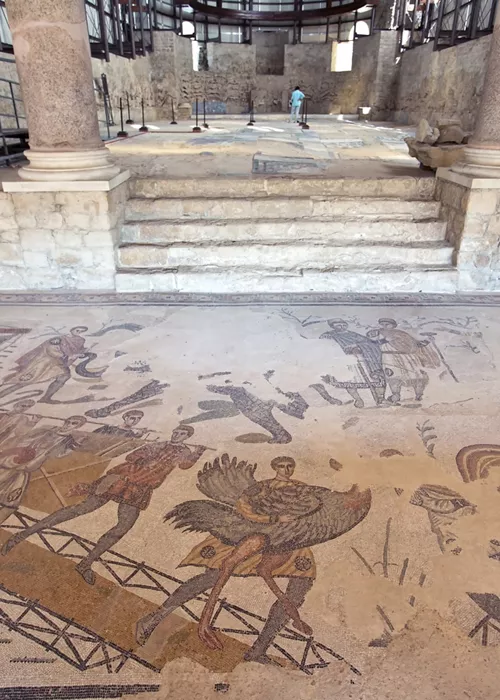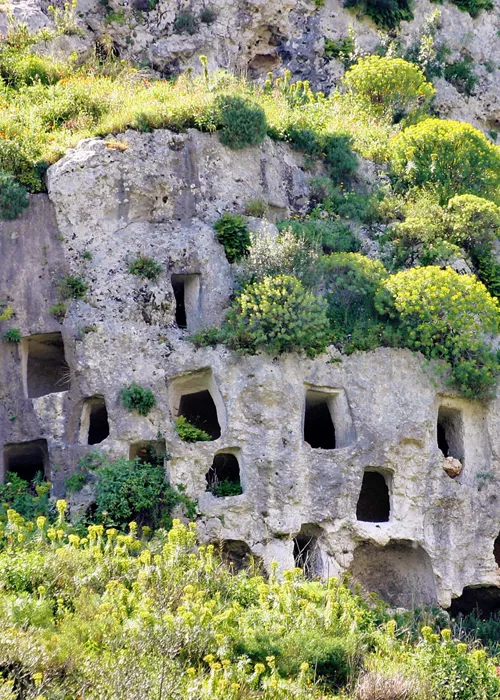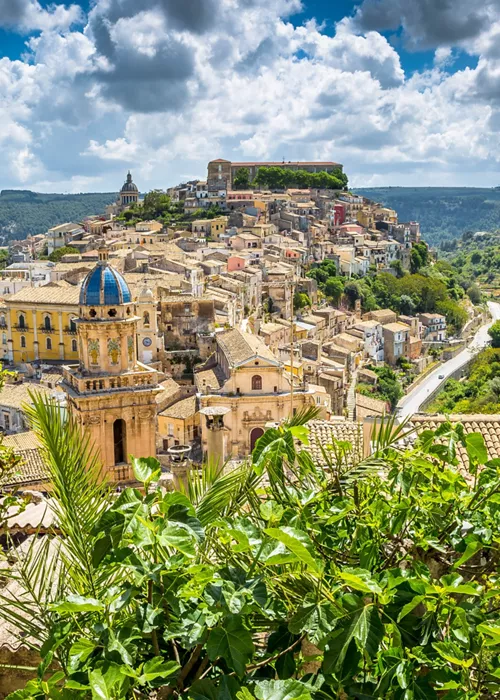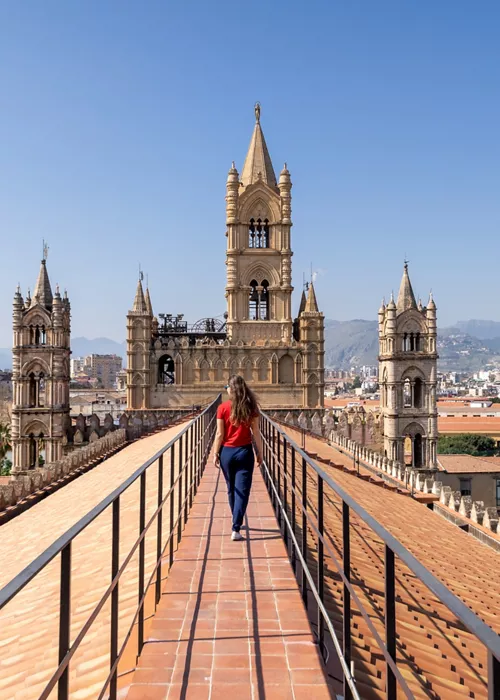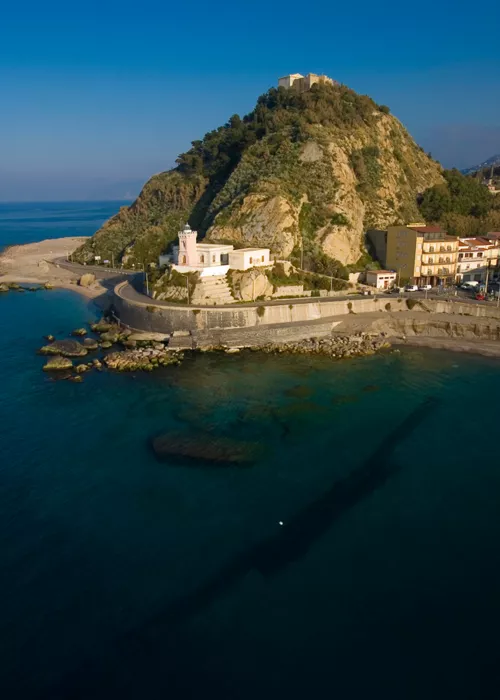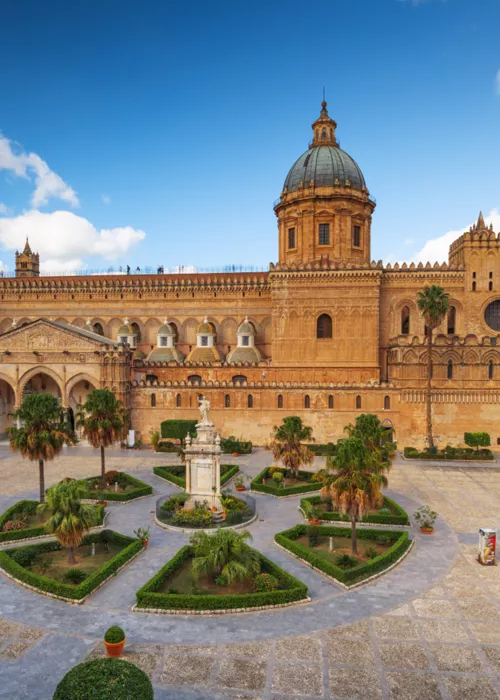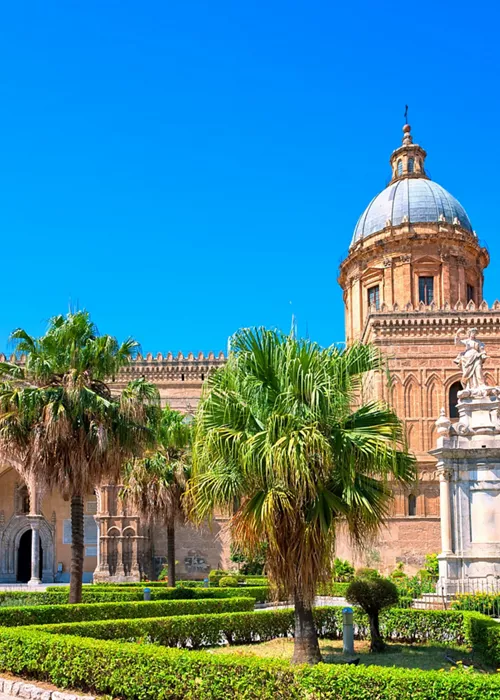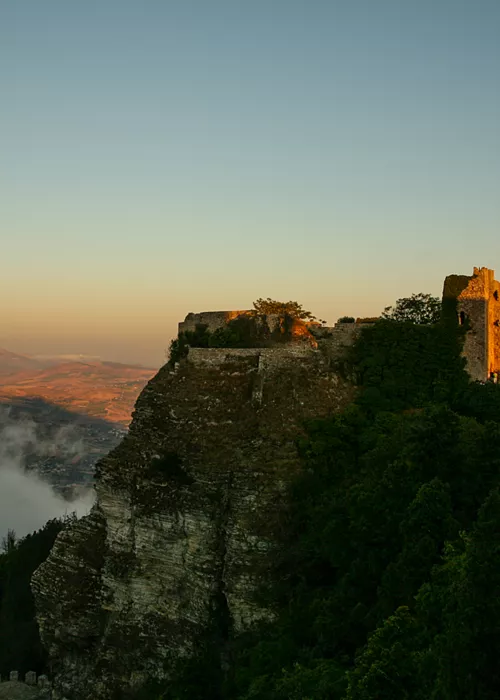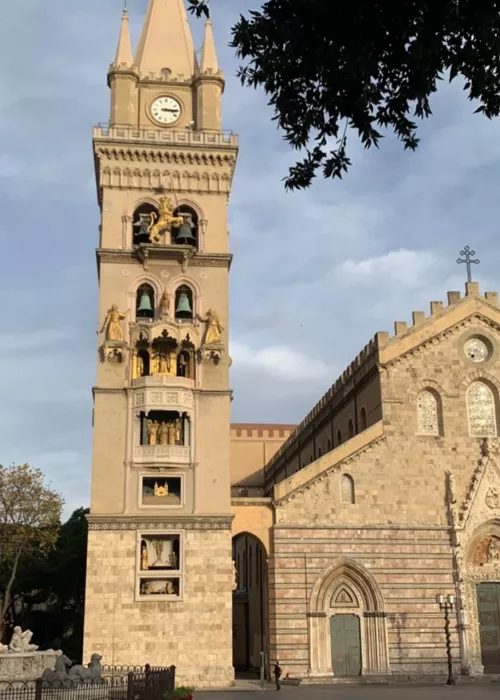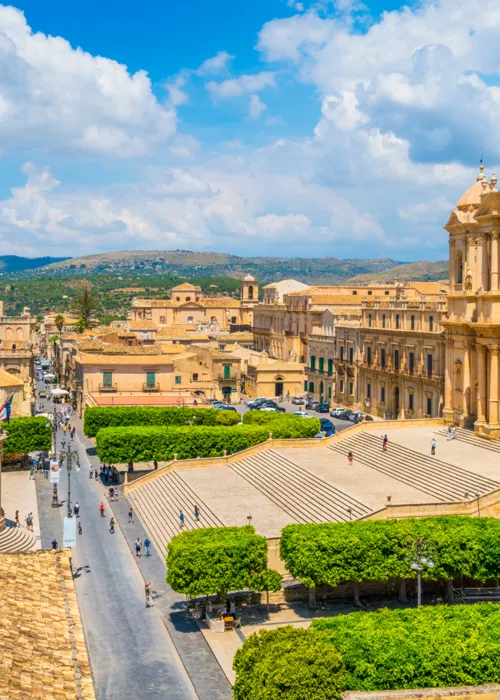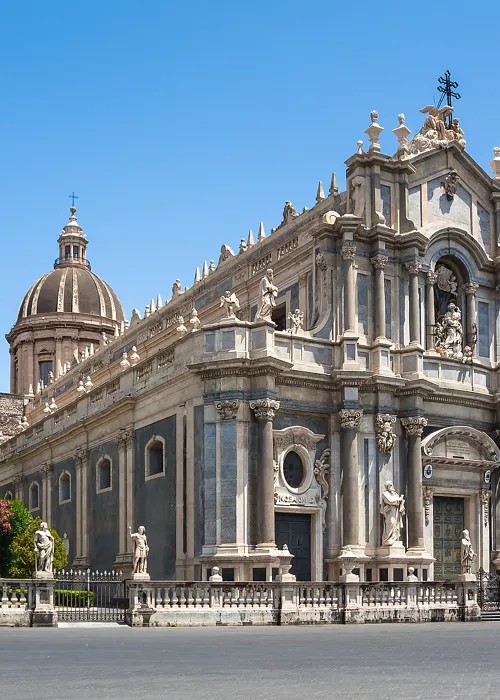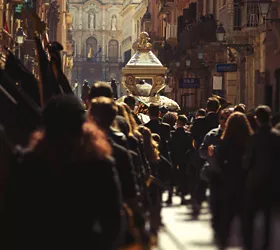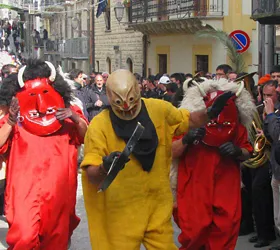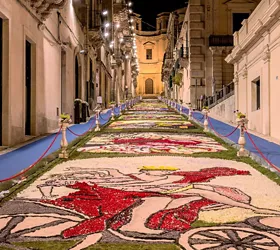The Valley of the Temples in Agrigento, an archaeological wonder in a dream setting
4 minutes
One of the largest archaeological sites in the world, the Valley of the Temples lies on the rocky ridge bordering the plateau to the south on which ancient Akragas once stood: declared a UNESCO World Heritage Site, it is one of the largest and most marvellous testimonies of the ancient world to be found on Italian soil along with the sites of Pompeii and Herculaneum.
Haven't visited it yet? Now it’s time to make up for it!
What is and where is the Valley of the Temples?
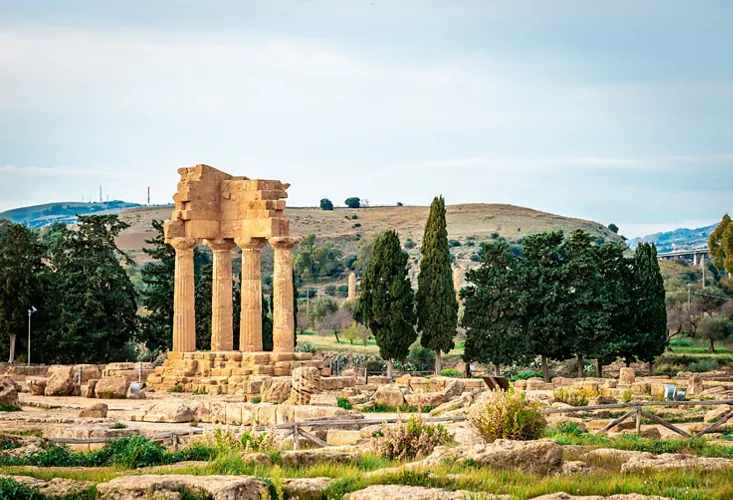
Situated on a plateau not far from the sea, a stone's throw from the historic centre of Agrigento, the Valley of the Temples is world-famous for its imposing Doric temples, one of the most significant testimonies of Greek culture and art. The Greek temples, symbols of the city of Agrigento for centuries, are universally recognised as the most fascinating and majestic testimony that Magna Graecia bequeathed to Sicily and the whole of Italy.
Two examples of many: the temple of the Dioscuri and the temple of Heracles.
History and information on the Valley of the Temples
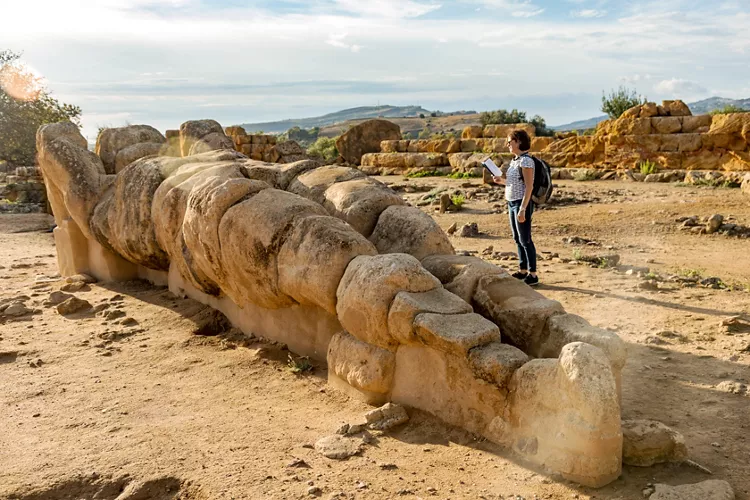
The thousand-year history of the Valley of the Temples began in the 6th century BC with the foundation of the ancient colony of Akragas. The city reached its peak in the 5th century BC, becoming one of the most important Greek colonies in Sicily, thanks also to the tyrant Theron and the victory over the Carthaginians at the Battle of Himera in 480 BC. During this period, the temples were built that we can still admire today. Carthage took its revenge in 406 BC, conquering the city of Akragas, which did not shine again until two centuries later when it was conquered by the Romans, who changed its name to Agrigentum.
Why the Valley of the Temples became a UNESCO site
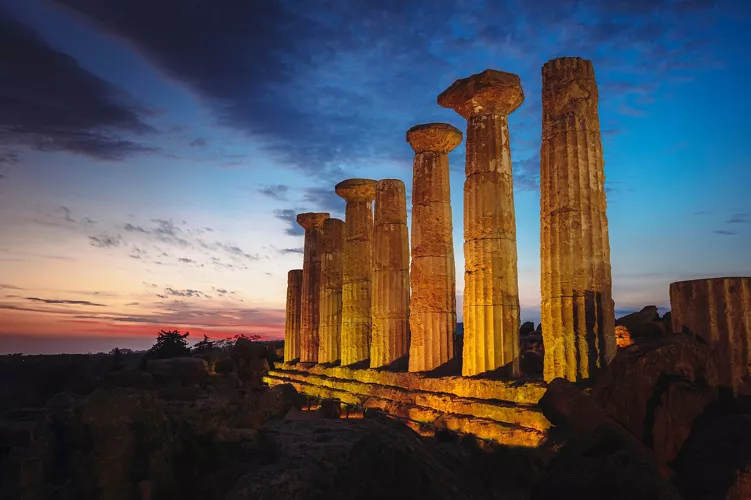
The archaeological park of Agrigento is home to the most solemn and best-preserved Greek temples in Sicily, a unique testimony to how ancient Akragas was one of the greatest cities of Magna Graecia.
UNESCO recognises the Doric temple complex as one of the main examples of Greek art and culture, and also listed the Valley of the Temples in Agrigento as a World Heritage Site in 1997 on account of its exceptional condition, which is still intact millennia later and which we can admire to this day.
What to see in the Valley of the Temples
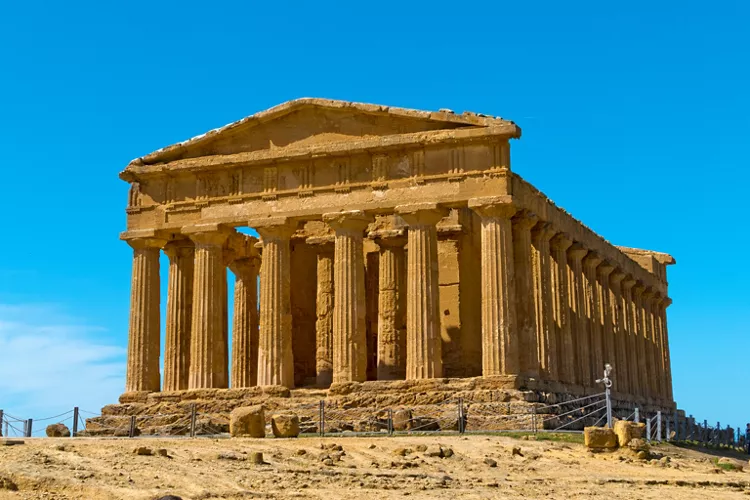
The Valley of the Temples covers 1,300 hectares in an area just a stone's throw from Agrigento. Not all of the huge urban layout has been unearthed, hidden under the fields and olive groves that surround this wonderful area, but fear not: the masterpieces you can admire as you stroll through the valley will give you unique emotions as they did at the end of the year 700 when this magical place was rediscovered after centuries of neglect.
A visit to the Valley of the Temples must begin from the top of the Rupe Atenea, where, in addition to enjoying a unique view of the archaeological site, you can appreciate what remains of the Temple of Demeter, incorporated into the medieval church of San Biagio Descending along the Via Panoramica dei Templi you come to the Temple of Juno, built around 450 BC. Of the majestic building, 30 columns over 6 metres high are preserved, 16 of them with capitals.
The Temple of Concordia is the best preserved Doric temple in the world along with the Parthenon and awaits you along the Via Sacra. The name we know it by comes from a Latin inscription found in the vicinity of the temple, but to date we have no certainty about the god to whom it was dedicated. The excellent state of preservation of its 78 columns, imposing pediment and tympanum is due to Bishop Gregory, who decided to convert it into a Christian church in the 6th century AD, sparing it from the looting that was reserved for other structures on the site.
The Temple of Heracles is the oldest of the Agrigento temples, erected at the end of the 6th century BC and mentioned by Cicero in the IV Verrina. Of the original 38 columns only nine remain, reconstructed in the 20th century by putting them together, piece by piece, from the original components found in the area. A little below, you can see the so-called Tomb of Theron, a tomb monument from Roman times erroneously attributed to the ancient tyrant of Akragas.
Zeus' Temple, one of the largest in the Greek world, presents itself to visitors today with its imposing foundations and a monumental altar that only partly give an idea of how big it was. 30 metres high and more than 100 metres long, the temple was built to celebrate the victory at the Battle of Himera in 480 BC. Between its columns were the 38 telamons, gigantic 8 metre high statues, an example of which can be found lying next to the ruins. However, it is not the original, preserved in all its splendour in the Pietro Griffo Regional Archaeological Museum in Agrigento.
Among the last buildings preserved in the Valley of the Temples is the symbol of the city of Agrigento, the temple of the Dioscuri, four columns that support one edge of the entablature and are the result of a 19th-century reconstruction, carried out with pieces from different periods found in the area.


